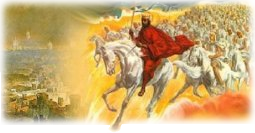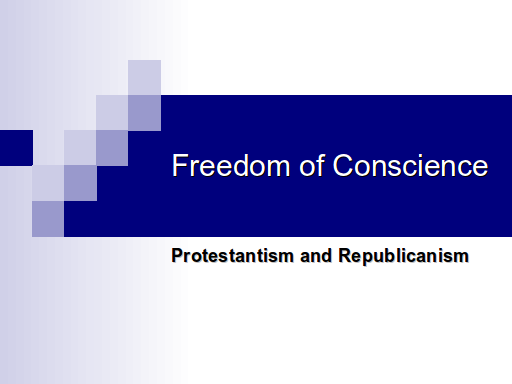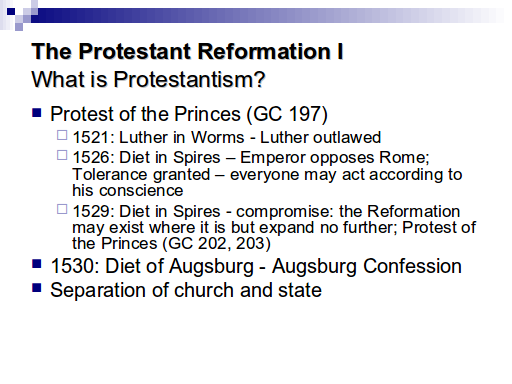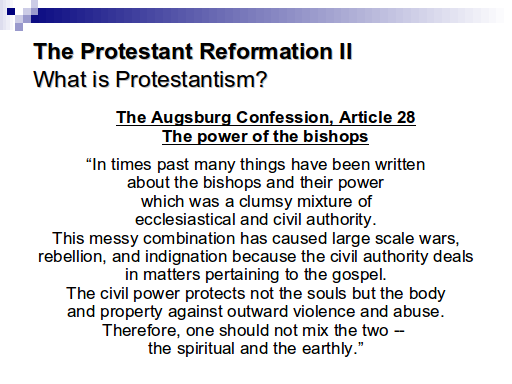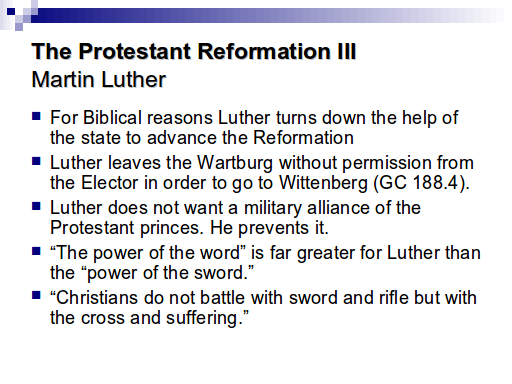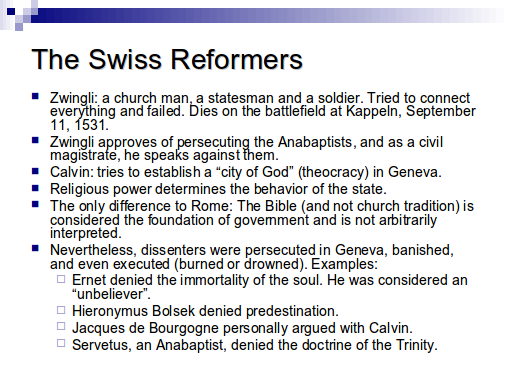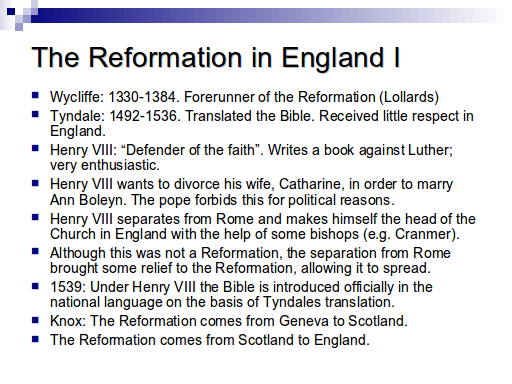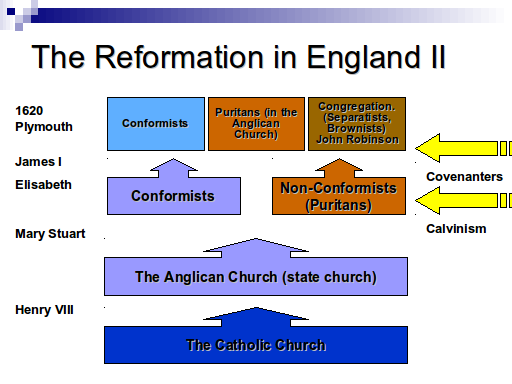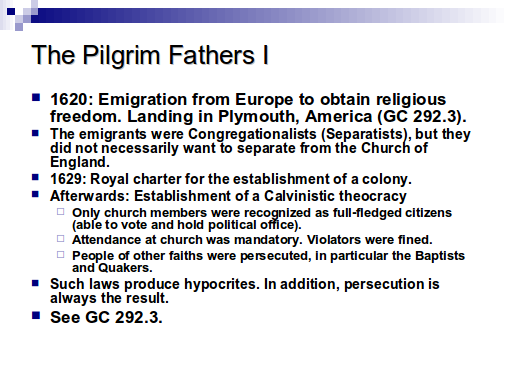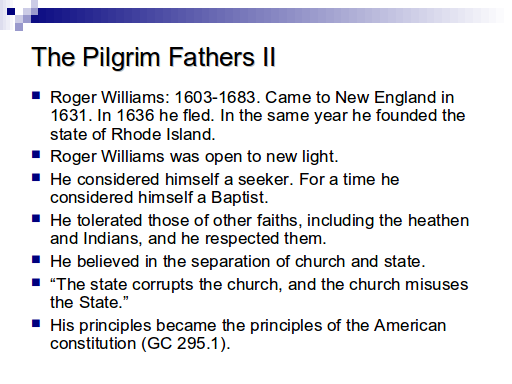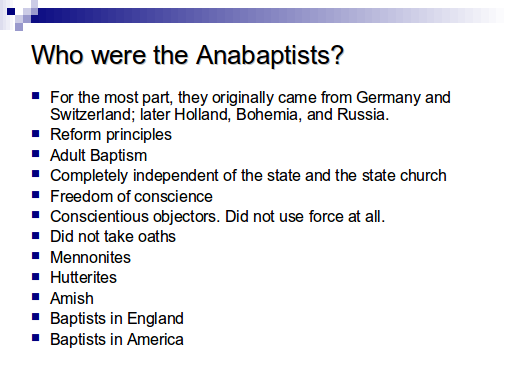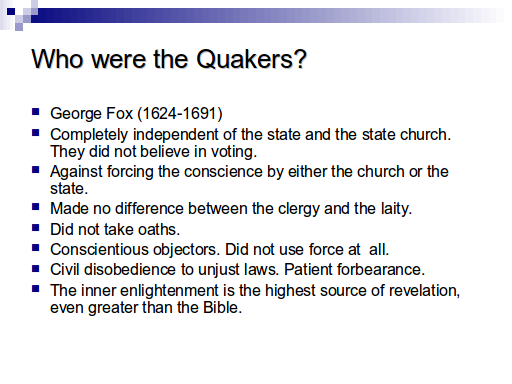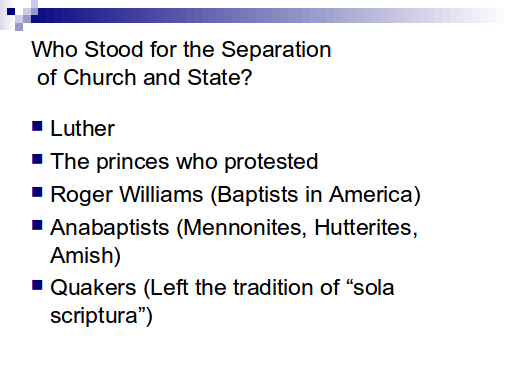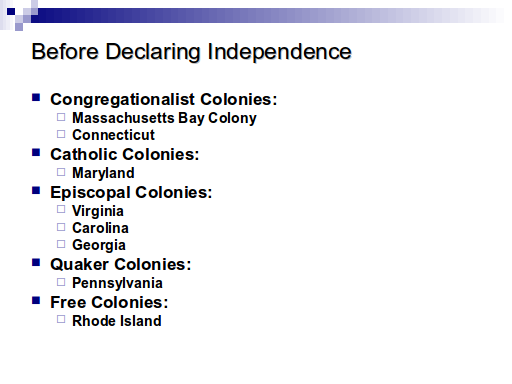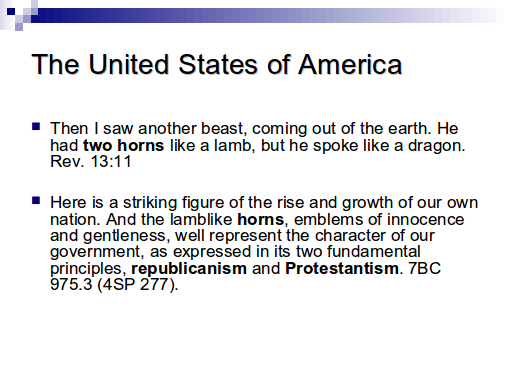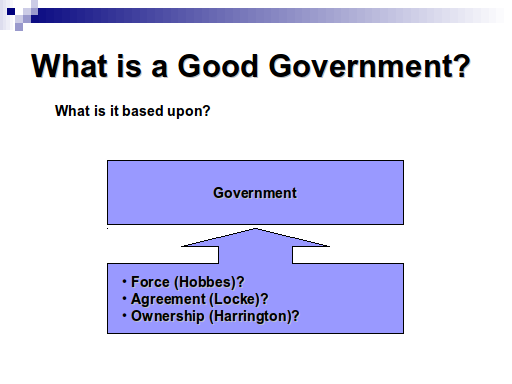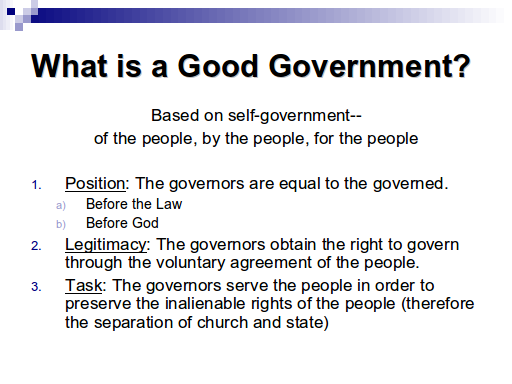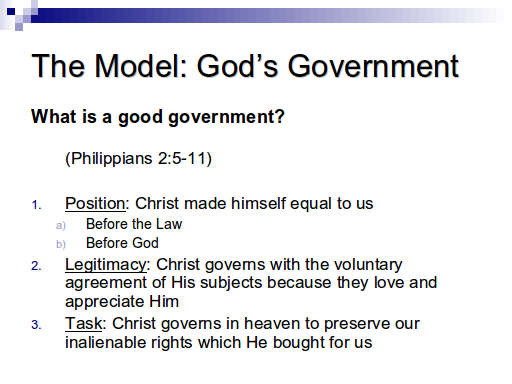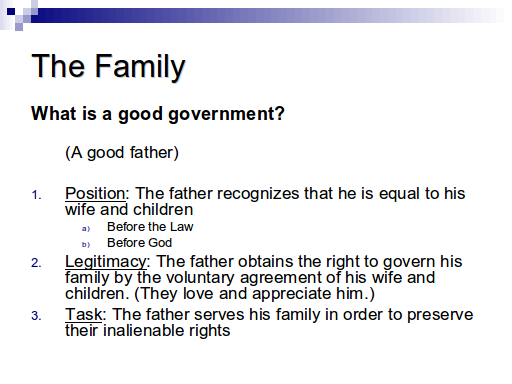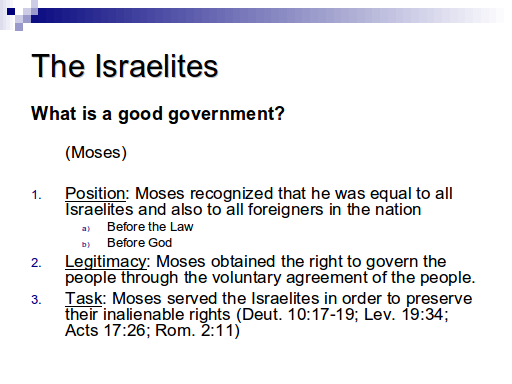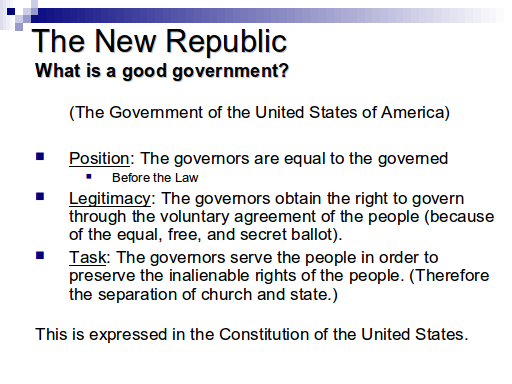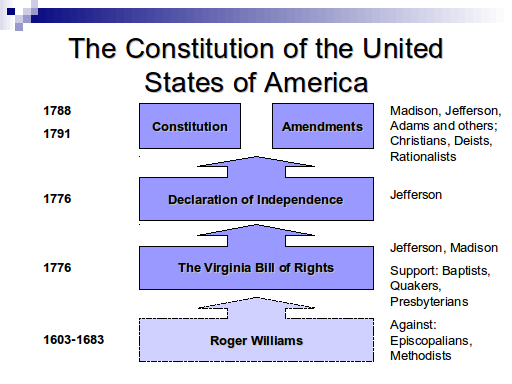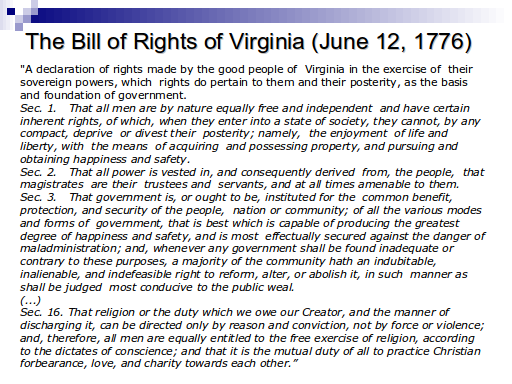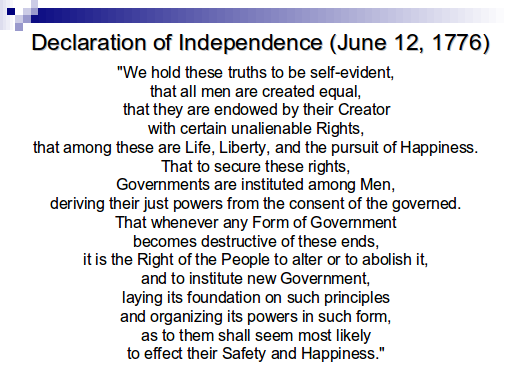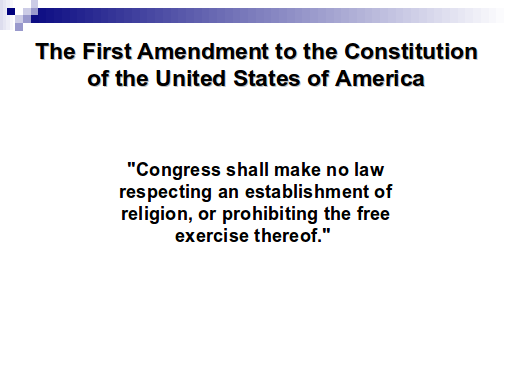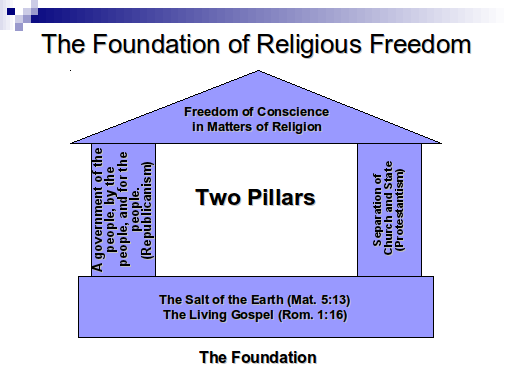This is a general study on the topic of Freedom of Conscience, covering chapters 7 through 16 of The Great Controversy, which deals with the history of the Reformation, from Luther to the settling of America by the Pilgrim Fathers and others.
It was in America where the concept of religious liberty finally found a new birth, after over one thousand years of confusion during which the Church was mixed up with the power of the State. Luther caught a glimpse of this liberty, but it was not fully grasped in his day.
Roger Williams was the first Christian in the new world to fully grasp this principle, but he was strongly opposed for it in his time. Yet it is a firm principle of God’s kingdom and character.
A kingdom based on love (“love to God and love to man” summarize the two divisions of the ten commandments), must necessarily rule by the willing allegiance of it’s subjects, and their love and trust of the King. There must be entire freedom to give or withhold obedience, without coercion. The consequences of disobedience must flow from the course of action itself…a departure from the principles of life by it’s very nature brings death. Righteousness is therefore established by seeing the consequences of unrighteousness, as well as understanding the love and freedom available under God’s rule. It is not by force, threats, fear of punishment, or torture, that a righteous kingdom is established.
It is only because the Church has had such hazy views of God’s character and principles, that this was not seen long before. It has taken time to come out of the darkness that Satan introduced into the Church throughout the middle ages of European history.
Therefore, this study is vitally important. Without a clear understanding of what was gained in the struggle for religious liberty, we are in danger of losing it again.
Download: ODP (Open Document Presentation)
